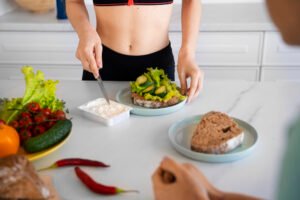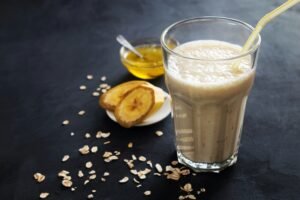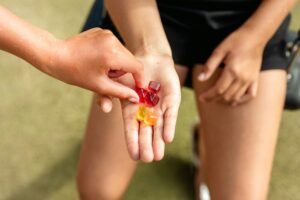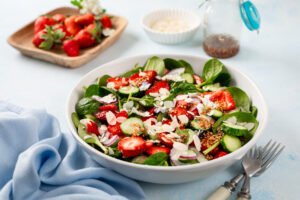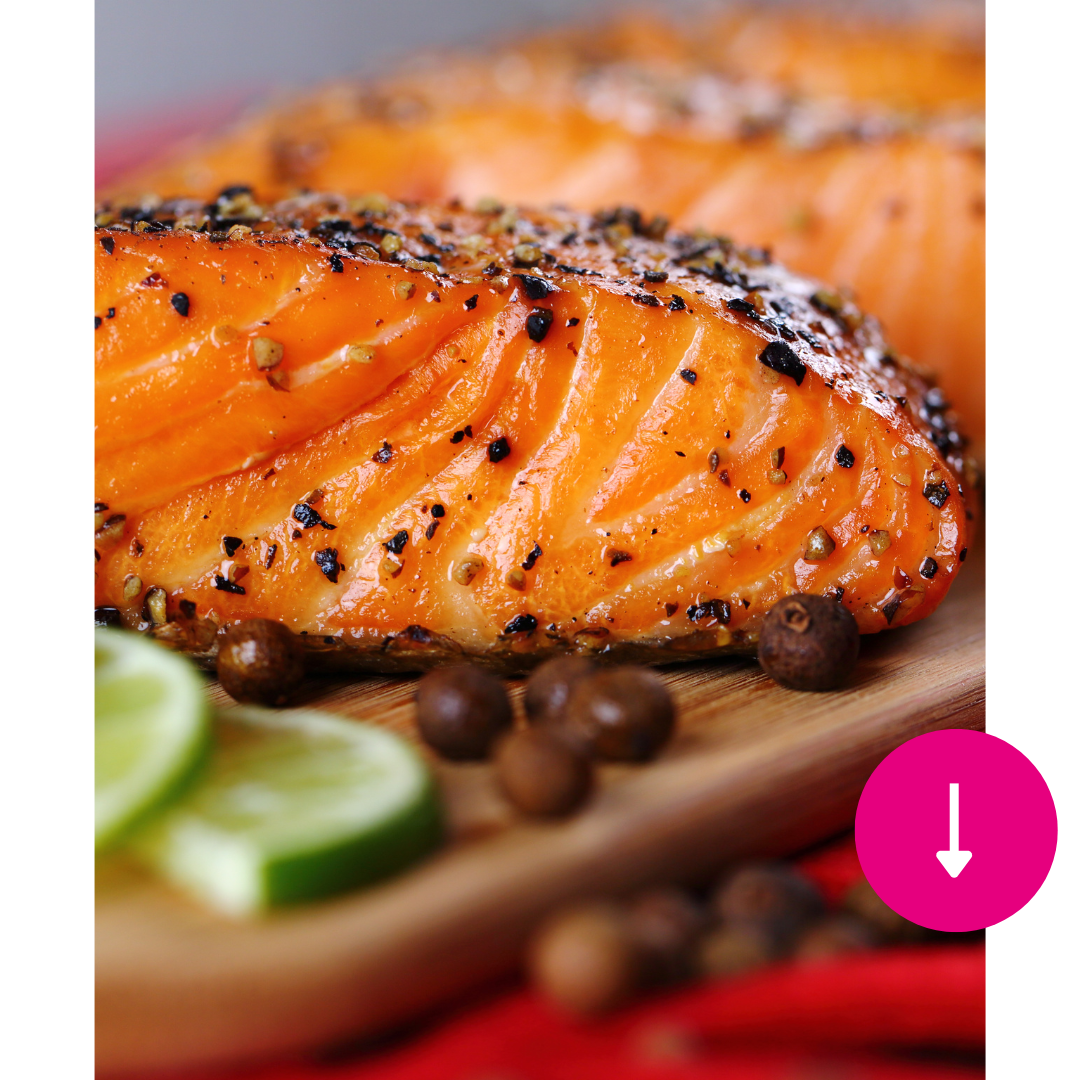Knowing the correct portion size of food can be decisive in improving performance and body composition.
Whether you’re a runner or cyclist who follows a diet plan or a menu, or who knows off the top of your head which foods to eat, measuring out the correct portions of food will make it easier for you to achieve your goals!
Portion Distortion
There are many athletes who suffer from portion distortion. And I fall into this category.
Portion distortion is when you think that a certain portion of food weighs X grams, but in reality when you weigh it (on a calibrated scale) it weighs something else. And this will influence the calories and amounts of macronutrients (carbs, protein and fat).
I want to remind you that food is not the athlete’s enemy. It all comes down to timing, frequency, portions and context!
Sometimes we need more food, sometimes less.
Knowing your Portion Sizes
Understanding your portion sizes and food’s nutritional content can in part help us make smarter food choices as runners and cyclists.
When starting a diet plan for a specific goal (whether it’s a half marathon, marathon, 10k, triathlon, etc.) the ideal is to weigh all the food you’re going to eat on a daily basis. Nowadays a kitchen scale is cheap and doesn’t take up much space. Anyone can have one.
Over time and with practice, we get used to separating the portions we need by eye. For example: 90g of chicken, 120g of white rice, 150g of pasta, etc.
Even so, I recommend that my clients weigh certain foods periodically to see if the portions are close to what they think they should weigh. And often the difference can be surprising!

Although it may seem obvious, many people forget that foods have different weights and densities. E.g. cooked rice vs. cooked quinoa.
Another not-so-obvious fact is that food that is eaten cooked should be weighed after it has been cooked, not before. E.g. rice, pasta, beans, meat, etc.
There are other types of portion measurement, such as: using a plate or a bowl as a portion guide, and using hands as a serving guide. But these measurements are more appropriate for those who are overweight or obese, or for the general population.
If you should but you don’t weigh your food yet, I invite you to start. When I started weighing my meals, I felt a huge difference in terms of satiety, energy, performance, etc.
With time, once you know your normal portions, you can see where small changes can be made to suit your goals – without having to cut out the foods you like!

